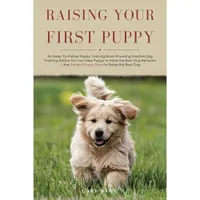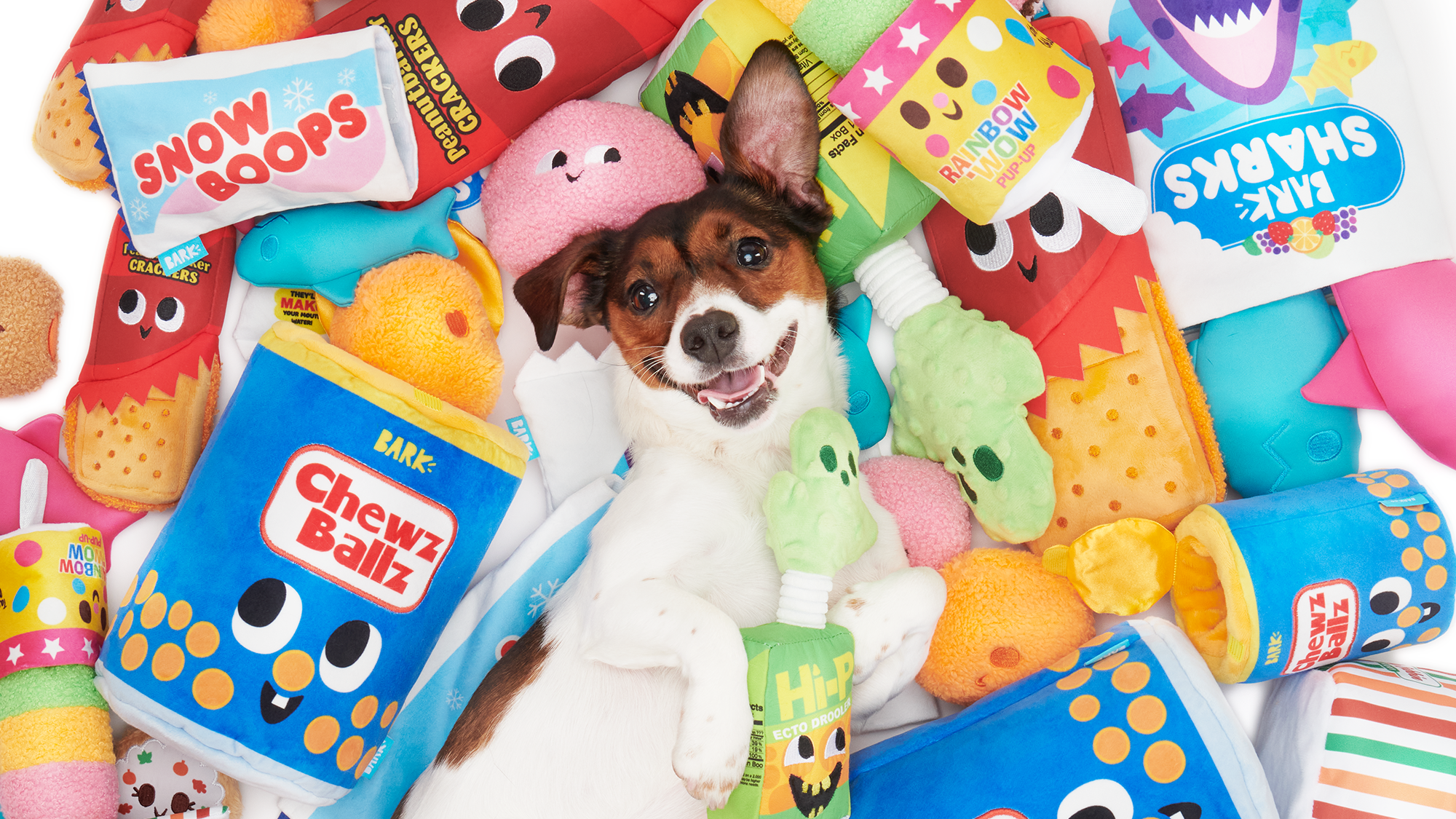21 best dog breeds for first-time owners, plus all you need to consider
Every first-time dog owner is looking for something slightly different, so we’ve found breeds for all needs
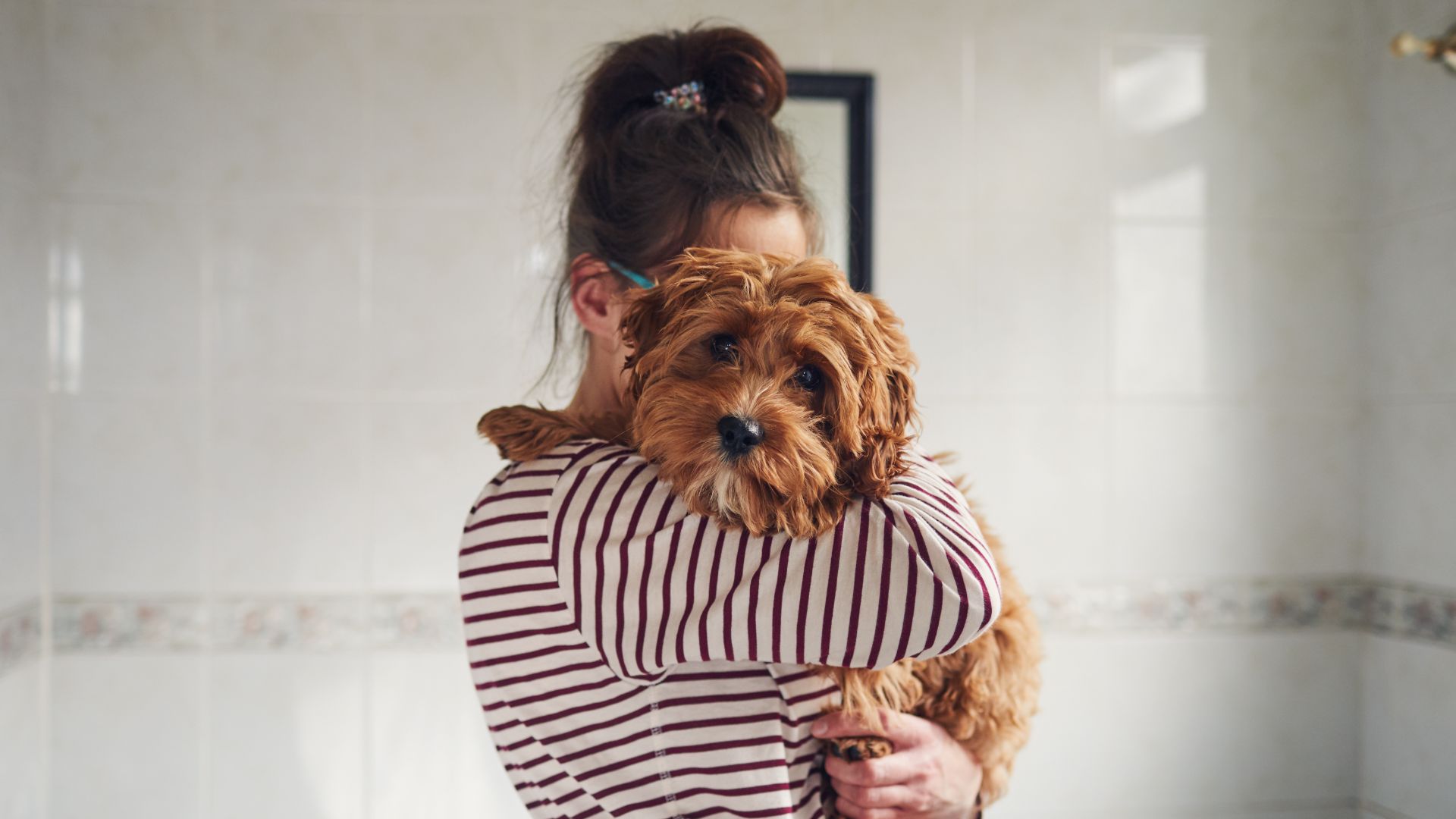
Welcoming a hound into your home is amazing, but you're right to do some research on the best dog breeds for first-time owners. While there are plenty of adorable options out there, it’s a good idea to adopt the same approach you would when picking out a new book and steer clear of judging a dog by its cover.
When you bring home your bundle of furry joy, you want to make sure that life is as easy as it can be for both of you as you adjust to your new life together. For your first go as a pet parent, look for a breed that’s low-maintenance with a laid-back and eager-to-please nature to make training a cinch rather than a struggle.
“The sorts of characteristics that a novice owner should look for include a friendly, even temper and a good level of trainability,” advises companion animal vet Dr Rebecca MacMillan. “First-time owners also need to carefully consider whether they can cater for their chosen dog’s energy levels and grooming needs, and choose the right breed accordingly, before taking the plunge.”
Best dog breeds for first-time owners
While many of the best small dog breeds make fantastic first-time canine companions, size doesn’t necessarily equate with ease, with some large breeds being more relaxed than their smaller and stubborn counterparts.
Likewise, active dogs aren’t necessarily more hard work than couch potatoes for new dog owners, so if you love the great outdoors we’ve included some high-energy breeds that are easy to manage.
Regardless of whether you’re looking for one of the most affectionate dog breeds or a pooch who’s a little more independent, we’ve rounded up our pick of the best dog breeds for first-time owners so you can ensure you find your perfect match.
1. Bichon frise
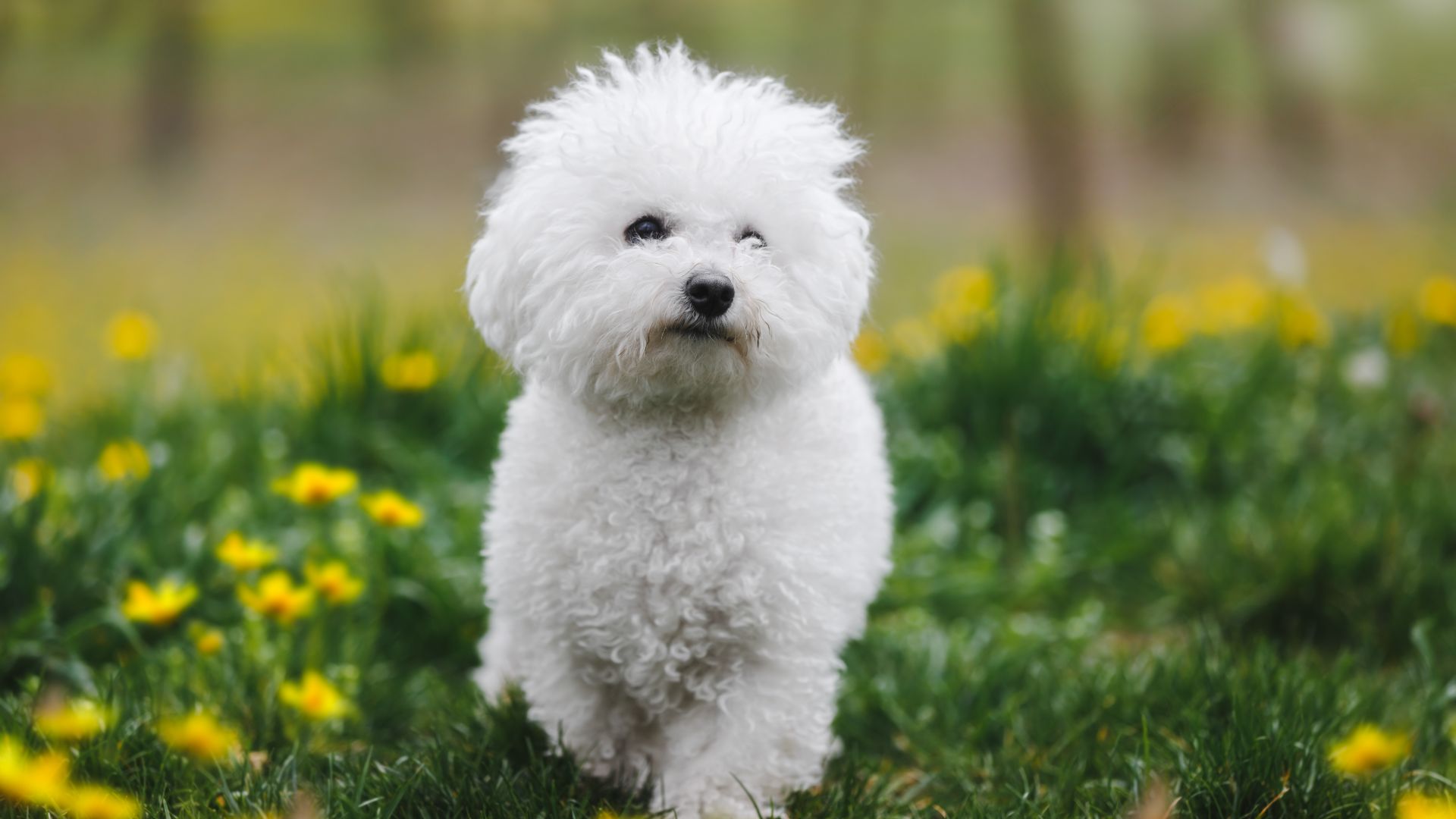
Height: 9-12 inches
Weight: 7-12 pounds
Life expectancy: 14-15 years
Best suited to: Families, seniors
This adorable powder puff is a happy and go-lucky little dog with real pep in their step. Known for their curious and playful nature, bichon frise are lovers not fighters who make great companions for both individuals and families.
Get the best advice, tips and top tech for your beloved Pets
Relatively easy to train and highly adaptable, this breed requires professional grooming but only moderate amounts of exercise. At home in both the city and country, their irresistible charm and intelligence make them one of the best dog breeds for first-time owners.
2. Cavalier King Charles Spaniel
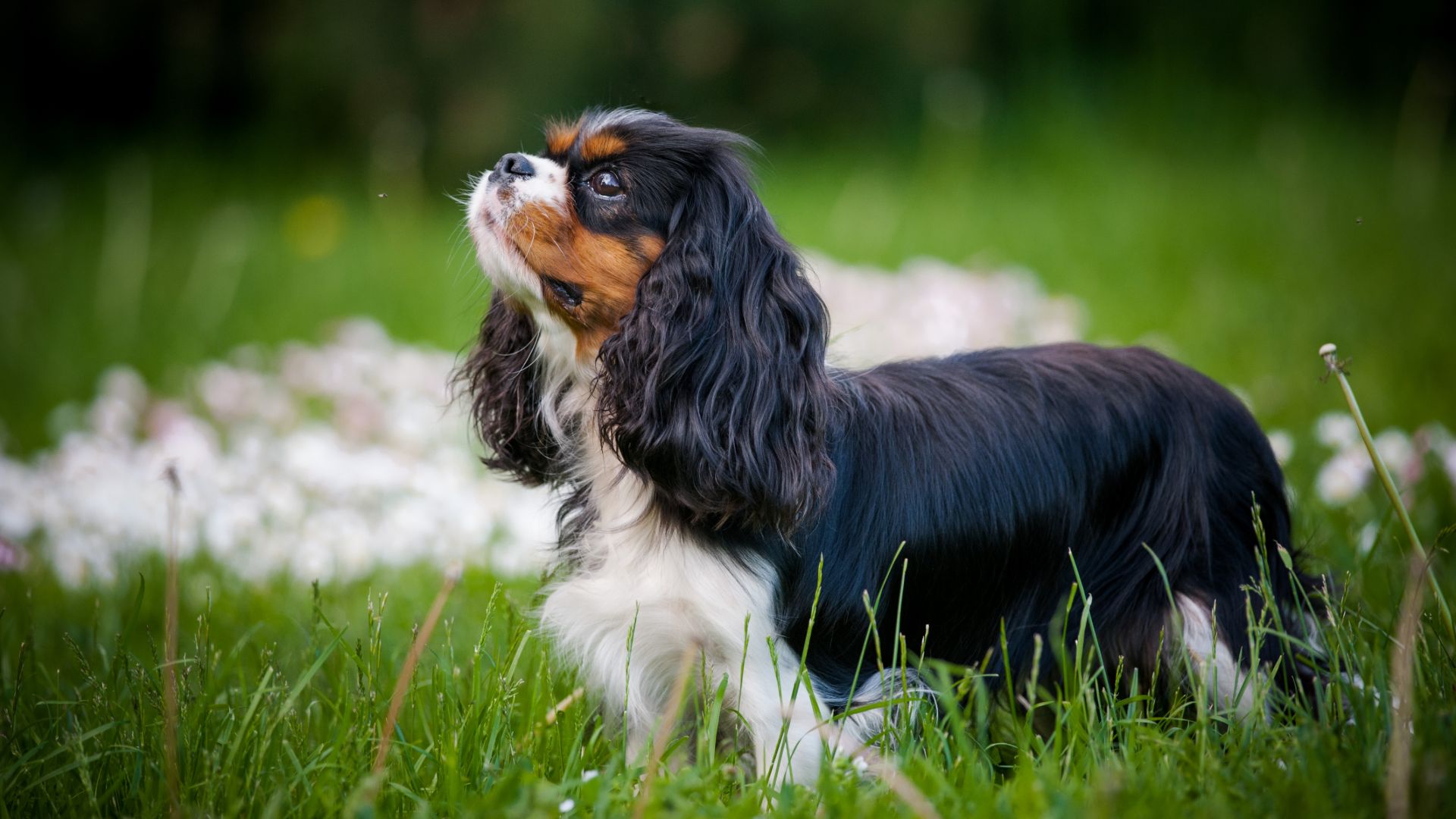
Height: 12–13 inches
Weight: 1–18 pounds
Life expectancy: 10–12 years
Best suited to: Families, seniors
You could melt butter on the warm and gentle eyes of the sweet-natured Cavalier King Charles Spaniel and their frequent displays of love and affection will win the hearts of adults and children alike.
Thriving in all kinds of households and getting along with just about anyone, Cavies are attentive yet quiet, elegant but low-maintenance. They are equally happy being an upbeat athlete or a laid-back couch potato, meaning that they are absolutely one of the best dog breeds for first-time owners.
3. Golden retriever
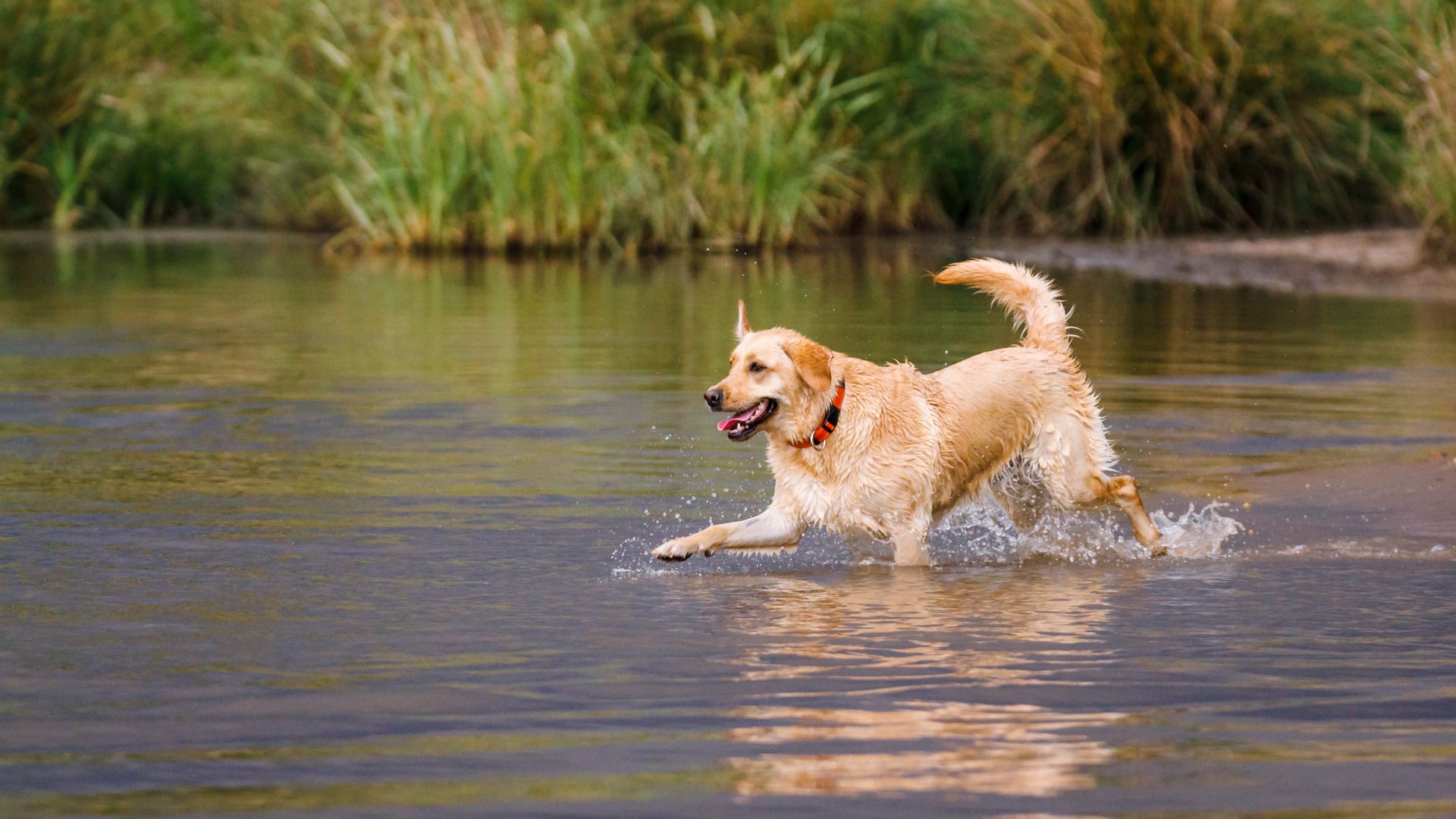
Height: 21.5–24 inches
Weight: 55–75 pounds
Life expectancy: 10–12 years
Best suited to: Active families/couples/individuals
Friendly and devoted, the intelligent golden retriever is one of the best family dog breeds. Being excellent with people of all ages, eager to please and one of the smartest dog breeds makes the golden retriever another of the best dog breeds for first-time owners.
Exuberant with a love of life, this breed is outgoing and relatively easy to train. They have a joyful and playful approach to life and adapt and thrive in almost any environment. Energetic with a love of games, goldens need plenty of exercise and will do best with owners who love the outdoors.
4. Papillon
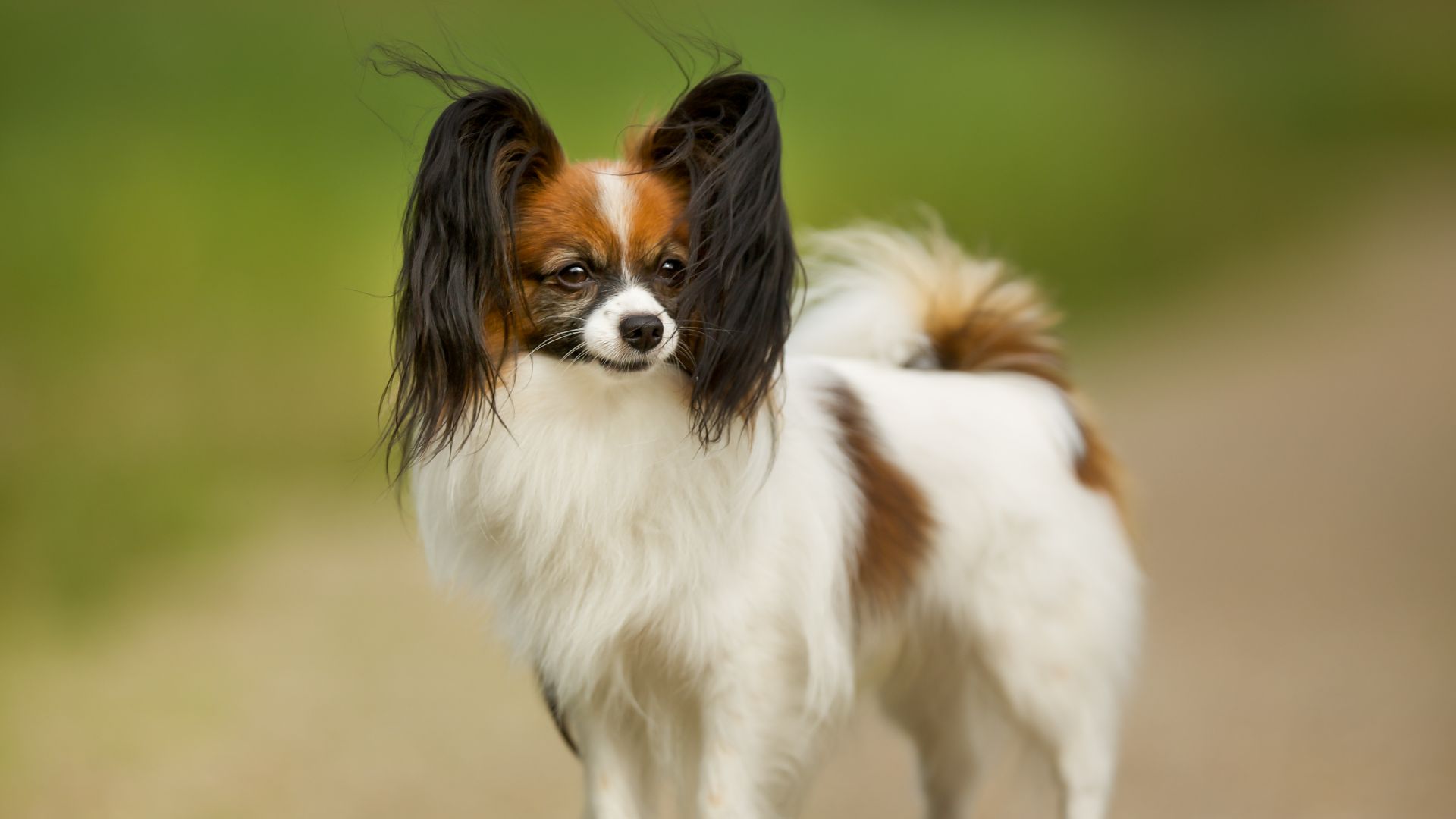
Height: 8–10 inches
Weight: 5–7 pounds
Life expectancy: 12–15 years
Best suited to: Families
Adapting beautifully to all climates and homes, the teeny Papillon makes up for their diminutive frame with a hardy and eager personality that loves nothing more than joining in on all the family fun.
Adaptable and versatile, they make great cuddle and exercise buddies, equally content snuggled up on your lap or out walking. Performing consistently high in agility events, their alert and smart natures make them easy to train and their outgoing and loving disposition makes them a joy to be around.
5. Pug
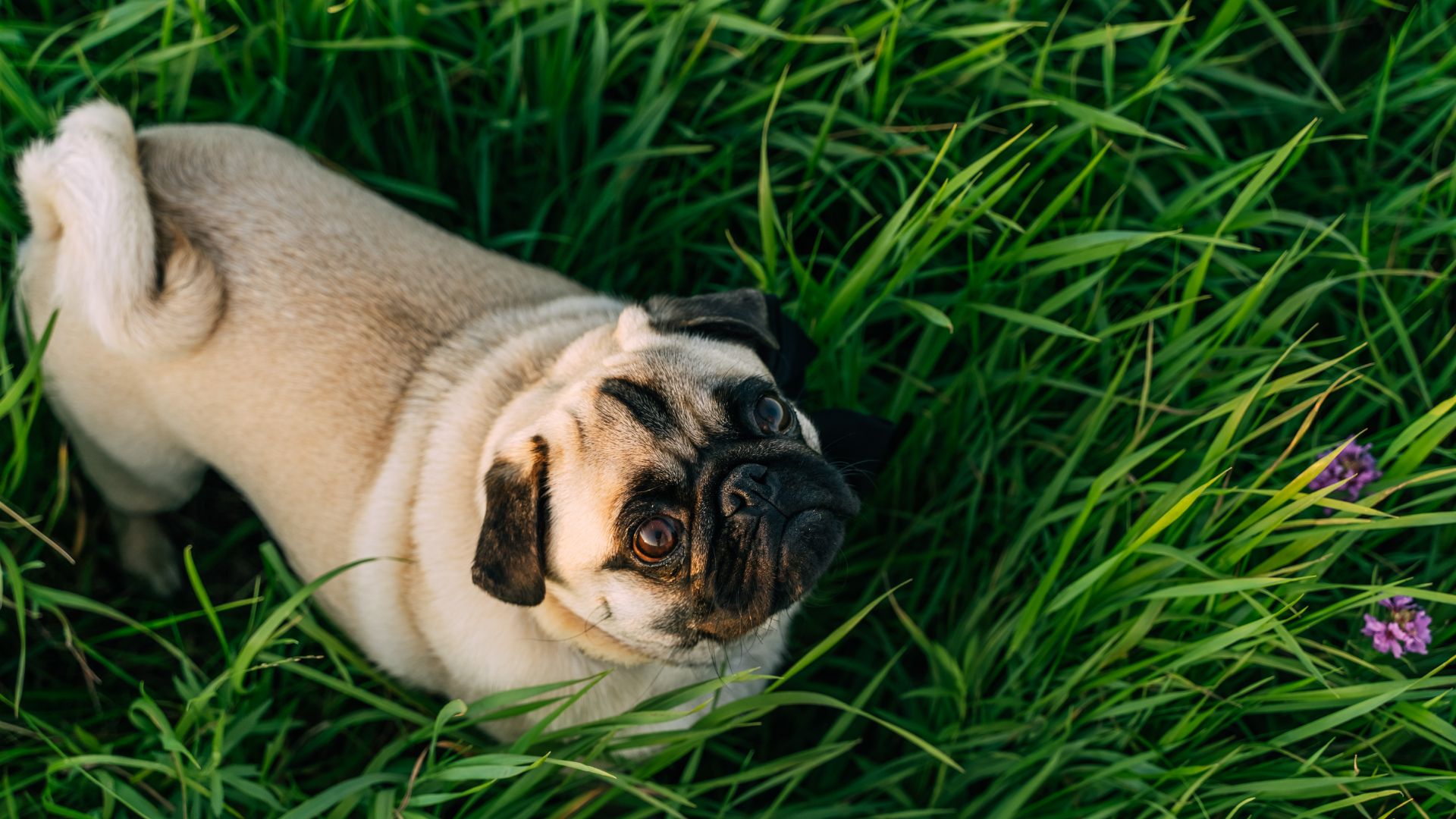
Height: 9-10.5 inches
Weight: 9–16 pounds
Life expectancy: 10–18 years
Best suited to: Families, seniors
The pug has been winning the hearts and minds of pet parents around the world for decades, and it’s not hard to see why. Charming and mischievous, their comical natures can’t help but bring a smile to your face and their desire to shower their owners with love and affection makes this adorable breed the ideal canine companion.
Happy anywhere and with anyone who will love them in return, pugs have a sensitive temperament that responds best to gentle training methods – this alone makes them one of the best dog breeds for first-time owners.
6. Silken Windhound
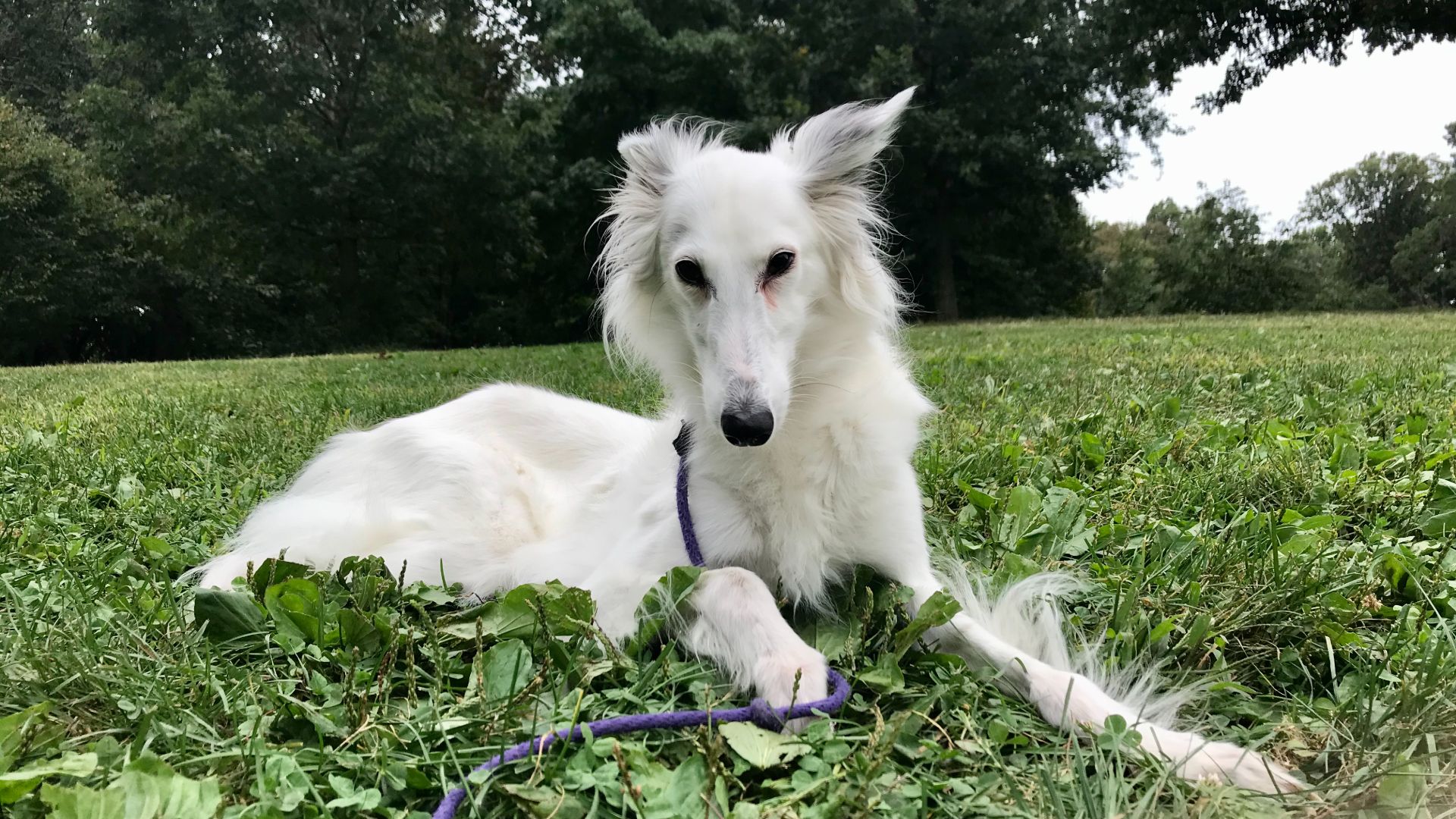
Height: 9–12 inches
Weight: 7–12 pounds
Life expectancy: 14–15 years
Best suited to: Families
A relatively new breed, the Silken Windhound is a sighthound breed created in America with borzoi and whippet ancestry.
They are intelligent and trainable dogs, with a size and temperament similar to a whippet, making them a great choice for first-time owners. Personable and affectionate, they tend to be good with cats, kids and people.
7. French Bulldog
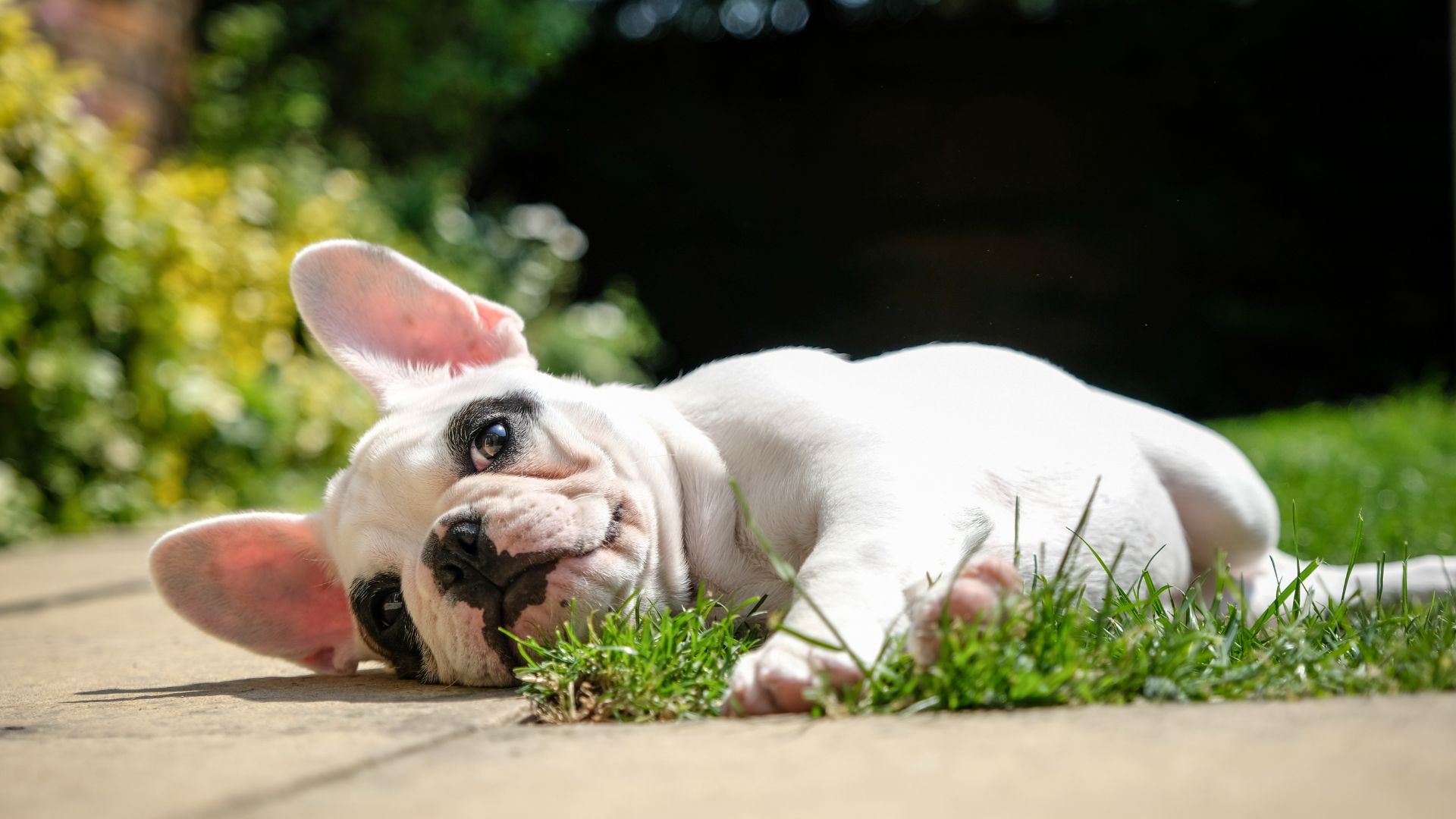
Height: 11–12 inches
Weight: 16–18 pounds
Life expectancy: 10–12 years
Best suited to: Families, seniors
Playful and with a bright intellect, the French Bulldog will happily fit into any household from singles to families and every kind of situation in between, which is perhaps why they’re one of the most popular breeds. They love making new friends, whether it’s with other animals or humans, and they require less exercise and grooming than other breeds.
They have a slight stubborn streak but at their heart, they’re people pleasers so training won’t be an issue. Natural entertainers with big personalities, Frenchies don’t like being on their own and will do best with a human who’s happy to have a second shadow.
8. Greyhound
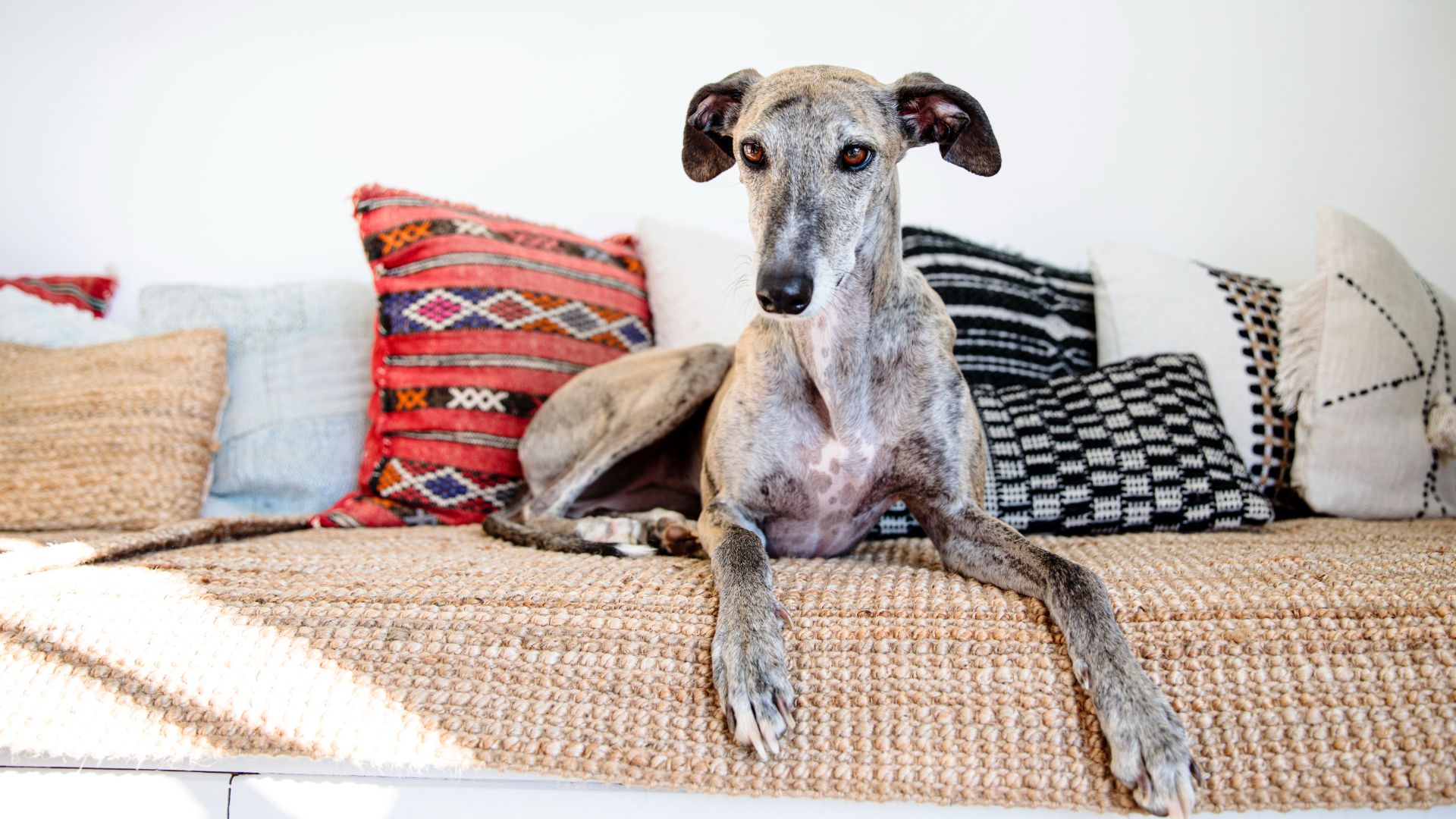
Height: 27–29 inches
Weight: 60–66 pounds
Life expectancy: 12–15 years
Best suited to: Families, seniors
The greyhound might not immediately strike you as low maintenance, considering that they are bred to be racing dogs, but you might be surprised. While they love exercise, and ideally need plenty of it, at home they are generally content to snooze all day, and they make for very affectionate pets.
Their natural hunting instincts mean it's probably best if you don't have cats or other small animals, but this aside, they are incredibly rewarding first-time pets. Be aware, however, that a retired racing greyhound may come with additional needs that a first-time owner is ill-equipped for.
9. Shih Tzu

Height: 9–10.5 inches
Weight: 7–13 pounds
Life expectancy: 12–15 years
Best suited to: Families, seniors
Originally bred to accompany Chinese royalty, the shih tzu has continued to make its owners feel like the most important people in the world. As well as their diminutive stature, meaning they will need less space than other dogs, they don’t have strong hunting instincts, and aren’t particularly aggressive, making them a not particularly intimidating option for first-time dog buyers.
Even so, they will need to be trained well, as they can become unruly should they be given too much leeway during the early days of your ownership. As long as you make sure that they have a decent grounding, you’ll have the perfect lap dog.
10. Chihuahua
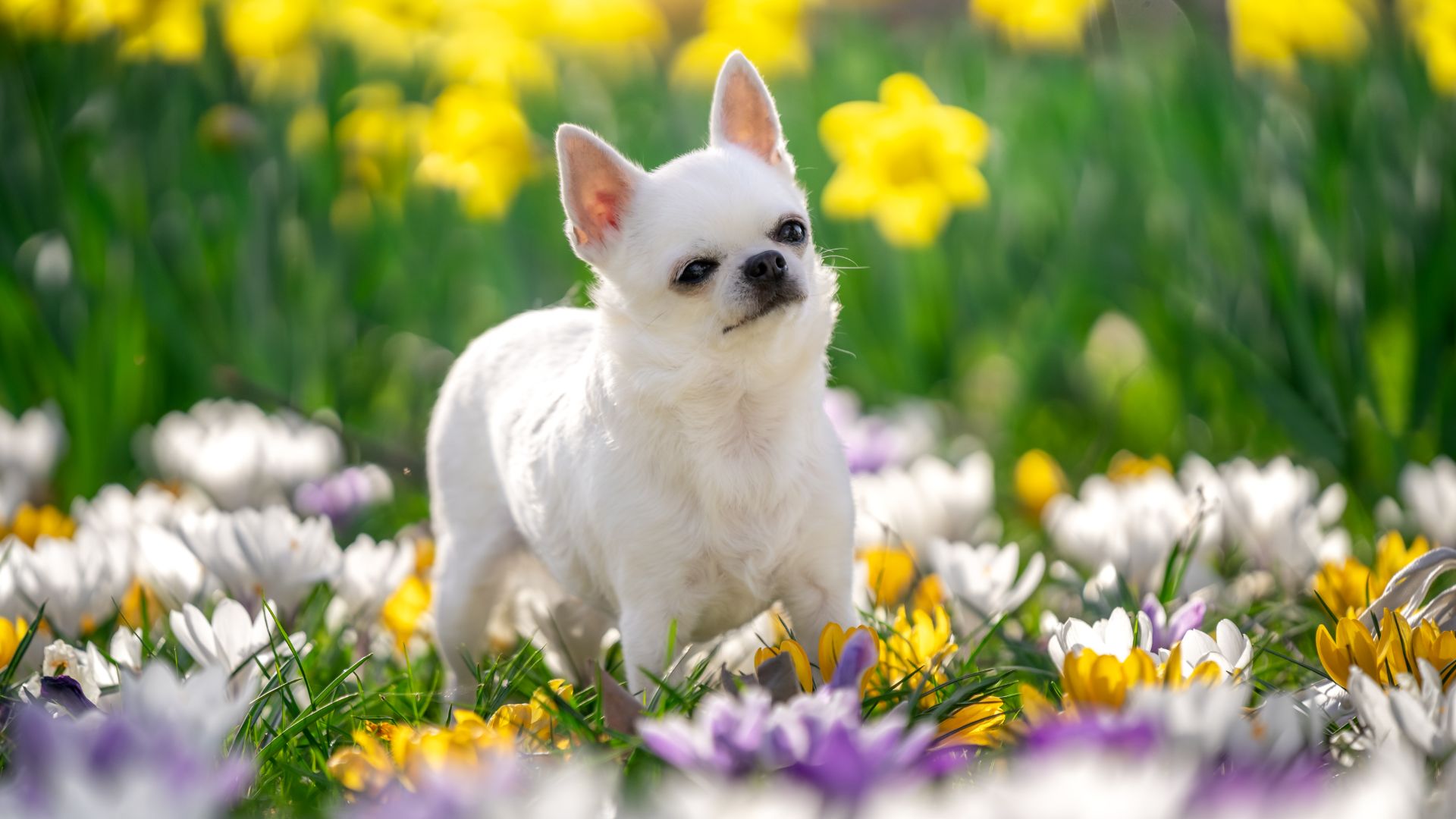
Height: 9-12 inches
Weight: 7-12 pounds
Life expectancy: 10-18 years
Best suited to: Households without young children
Another breed of small stature but mighty heart, Chihuahuas possess the additional benefit of being a hypoallergenic dog breed, making them an attractive prospect for those with allergies.
But even if this isn’t a consideration for you, there’s a lot to be said in this breed’s favor. They are often chosen by owners who live in cities, as they can undertake exercise indoors, making them low maintenance in comparison to larger breeds.
Plus, once they’ve expended their energy, they’ll have a long old snooze, giving you some time if you have a busy schedule.
11. Labrador Retriever

Height: 21.5–24.5 inches
Weight: 55–80 pounds
Life expectancy: 10–12 years
Best suited to: Active households
You might be surprised to see Labrador Retrievers on this list, as they are renowned outdoor dogs who need a lot of exercise. But as you’ll find out, they possess a number of benefits over other breeds.
Firstly, they’re incredibly smart, making them relatively easy to train. Secondly, they’re ideal for those with families. They’re great with children, and love to socialize with other dogs (the feeling may not necessarily be reciprocated, but you can’t blame this on them).
Finally, they’re great for taking on holiday with you. They love the outdoors, and will liven up any trip you take.
12. Whippet
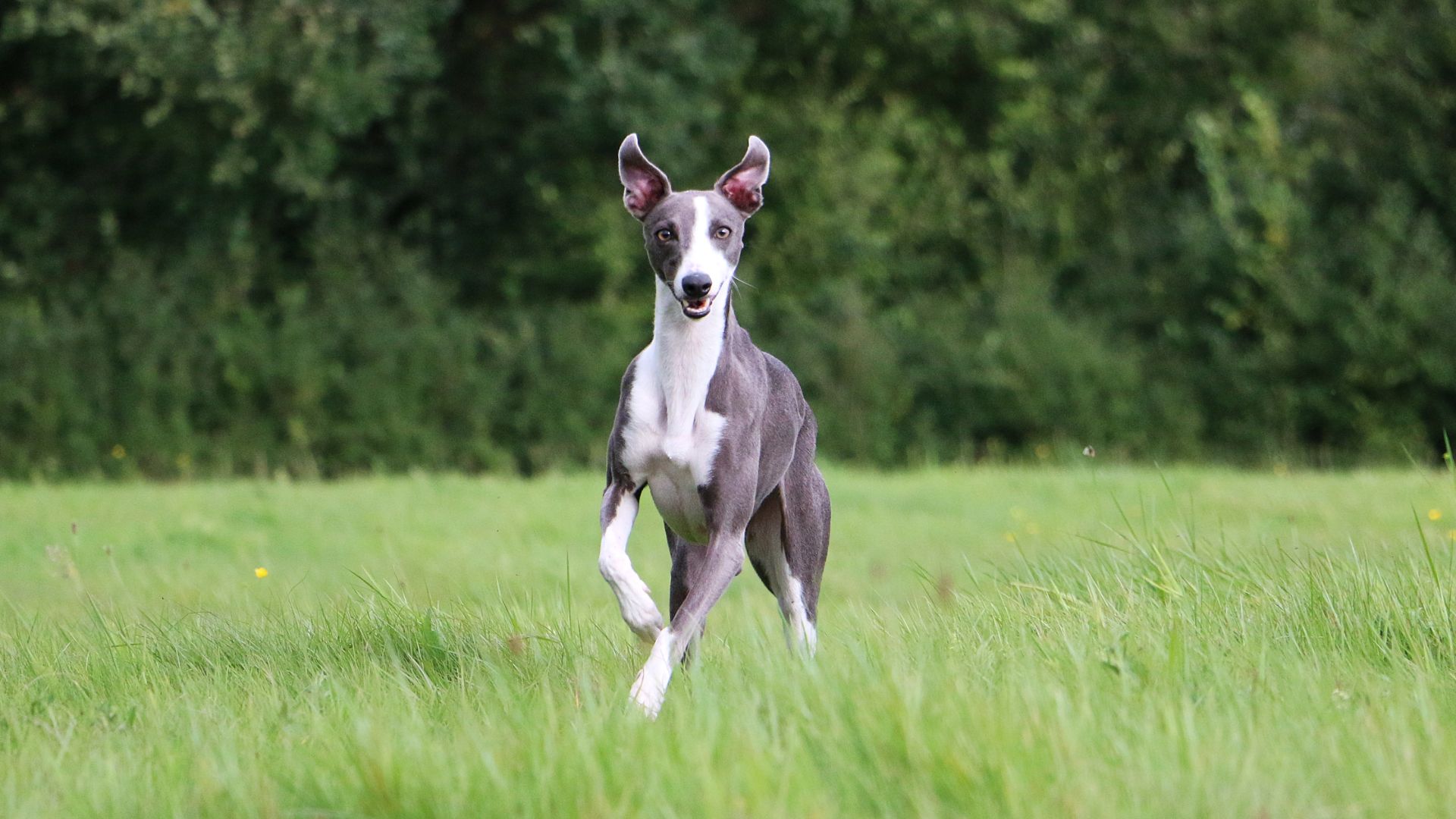
Height: 17–21 inches
Weight: 27–30 pounds
Life expectancy: 14–15 years
Best suited to: Families, seniors
Whippets are lovely, gentle dogs, making them ideal for first-time dog owners. If you're looking for something with a similar build and temperament as a greyhound, without the size – whippets are also sighthounds, but come in a smaller package.
They are quiet, peaceful and good pets for busy people, as they sleep most of the time.
13. Boston Terrier
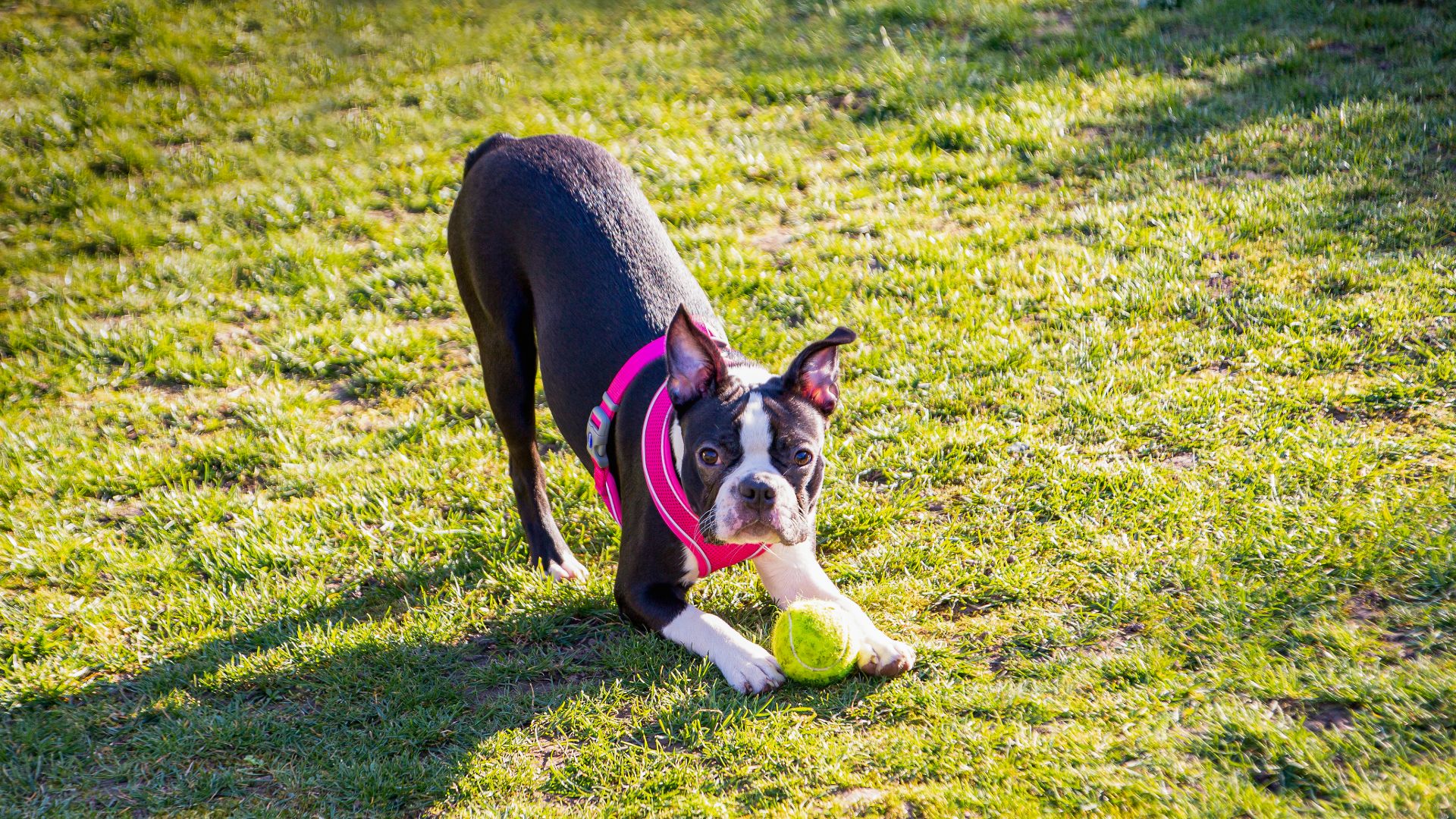
Height: 14.5–17 inches
Weight: 11–23 pounds
Life expectancy: 13–15 years
Best suited to: Families, seniors
The Boston Terrier made our list of the best-behaved dog breeds because they're such superstars. They're smart, kind and compact, making them a great breed if you have a smaller home and less time to exercise a pet.
While they do need daily walks, the Boston is happy with a stroll around the block.
14. Italian Greyhound
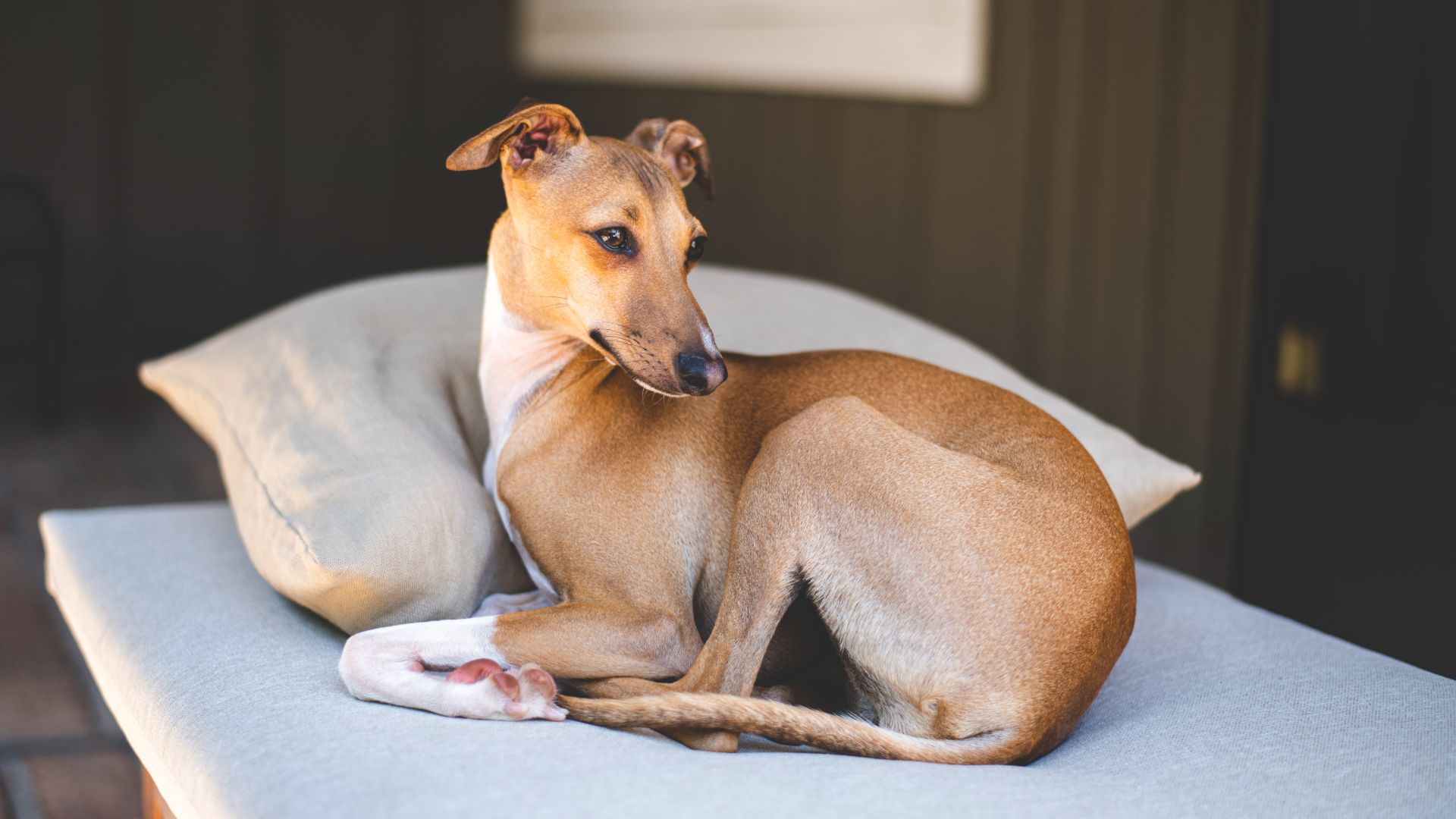
Height: 12.5–15 inches
Weight: 7.5–10 pounds
Life expectancy: 14-15 years
Best suited to: Families, seniors
The tiniest of sighthound breeds, the Italian Greyhound is small enough to pick up and put in a purse. They are similar in temperament to their slightly larger cousin, the whippet, but can be prone to nervousness.
If you like accessorizing, these dogs tend to feel the cold and you may find they end up with a larger wardrobe than you full of jumpers, snoods, boots and coats.
15. Yorkshire Terrier

Height: 8–9 inches
Weight: 5–7 pounds
Life expectancy: 13–18 years
Best suited to: Housholds without children
The Yorkshire Terrier is another small dog breed that can be easily scooped up and carried around. They are one of the smallest dog breeds and can be a bit bossy, but are generally good with kids and affectionate.
They love cuddling up on the couch and are one of the best dogs for seniors as they have fairly low exercise needs.
16. Bernese Mountain Dog
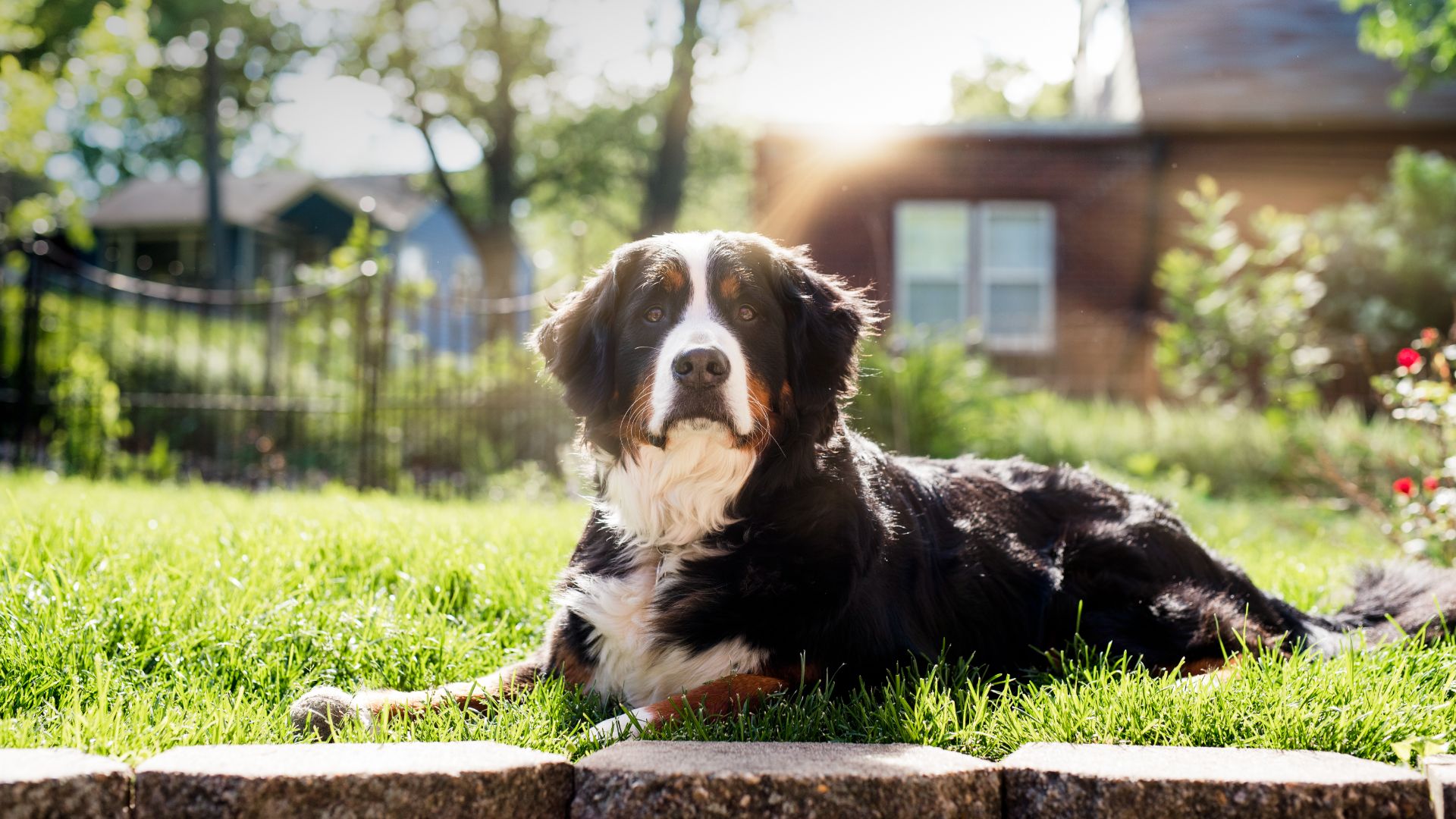
Height: 23–27.5 inches
Weight: 7–15 pounds
Life expectancy: 7–10 years
Best suited to: Active households
The Bernese Mountain Dog is a large breed, but don't let that put you off. They're wonderfully gentle dogs, originally bred in Switzerland as livestock guardians and herders.
They are great with kids, with affectionate, sweet personalities and oodles of charm.
17. Maltese

Height: 8–10 inches
Weight: 5–7 pounds
Life expectancy: 12-15 years
Best suited to: Households without young children
The American Kennel Club describes the Maltese as "playful, charming and gentle," making them a wonderful breed for first-time owners.
You will probably need to brush up on your grooming, as Maltese have long, silky white coats that require a bit of maintenance.
18. Cavapoo
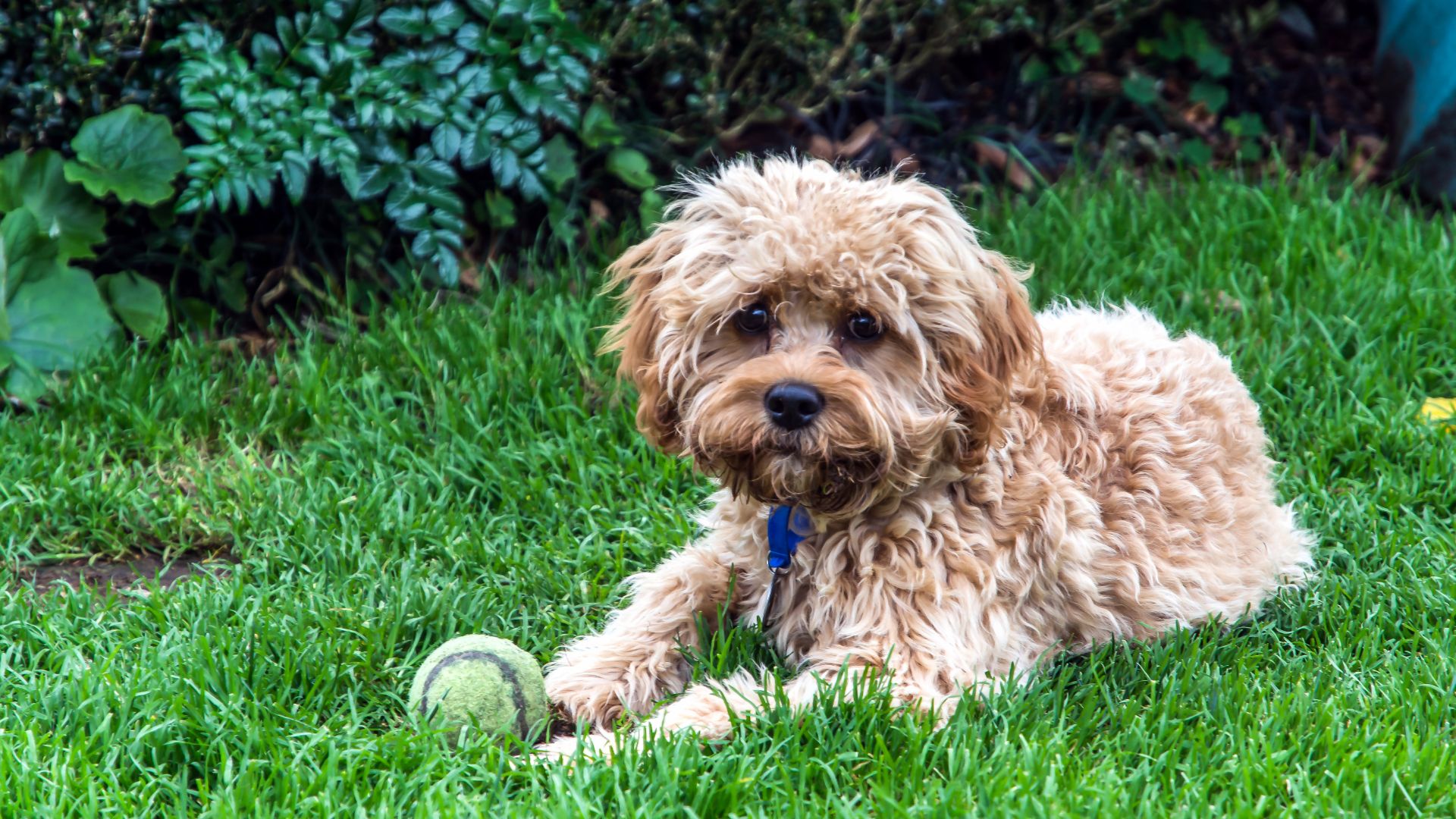
Height: 9-13 inches
Weight: 11-22 pounds
Life expectancy: 10–15 years
Best suited to: Families
A cross between a Cavalier King Charles and a miniature poodle, the Cavapoo tend to inherit the best traits of both breeds. They are affectionate, calm and make wonderful companions, generally happy if they have lots of attention.
They have the intelligence of the poodle, with the sweet temperament of the Cavalier.
19. Maltipoo
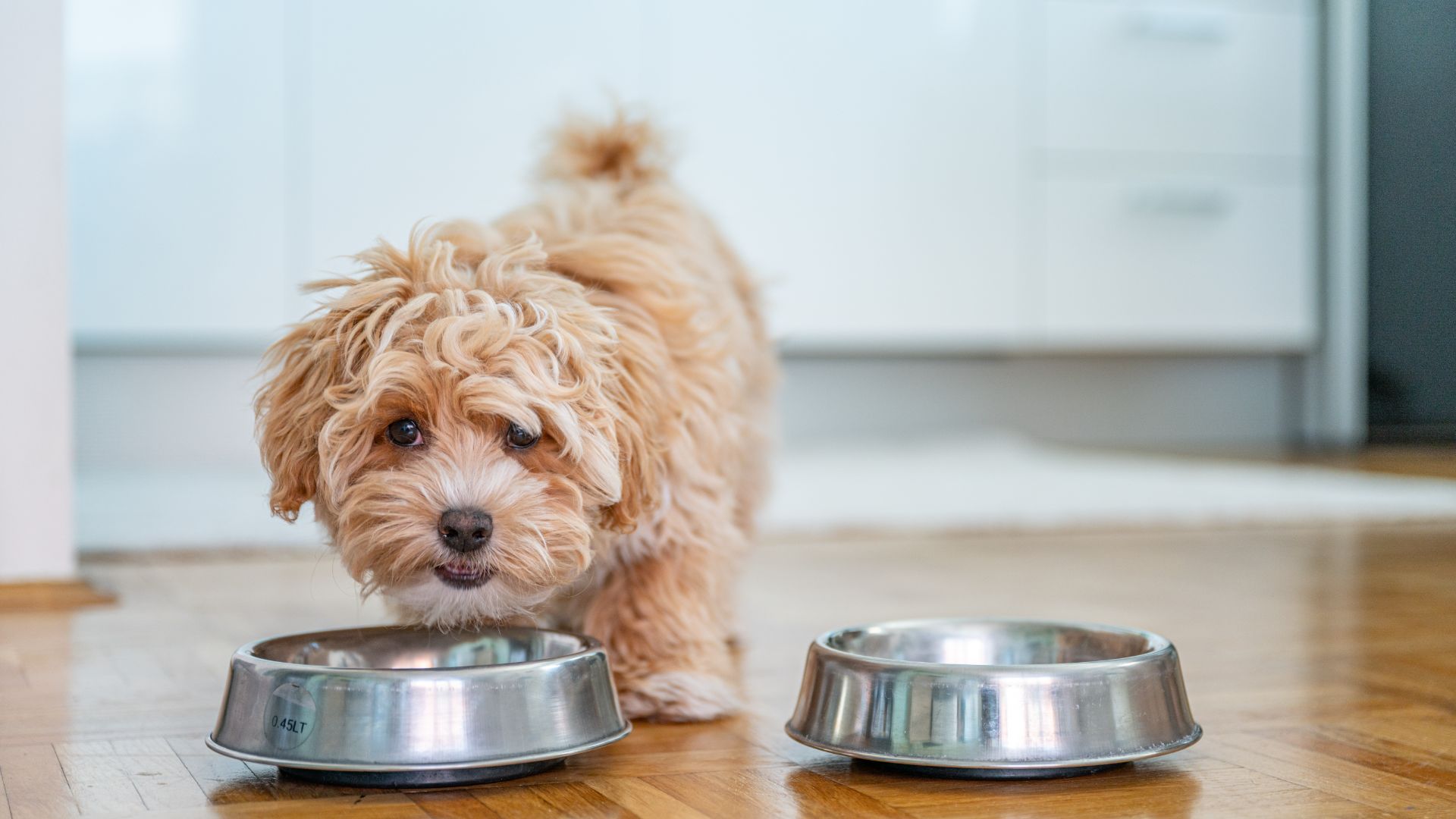
Height: 8-11 inches
Weight: 9-15 pounds
Life expectancy: 10-15 years
Best suited to: Families, seniors
Another successful poodle cross-breed, the Maltipoo is a relatively new breed of 'designer dog' that mixes the smarts and low-shedding coat of the poodle with the social and charming personality of the Maltese.
They are great family dogs and can be companions for older people due to their fairly low exercise requirements.
20. West Highland Terrier
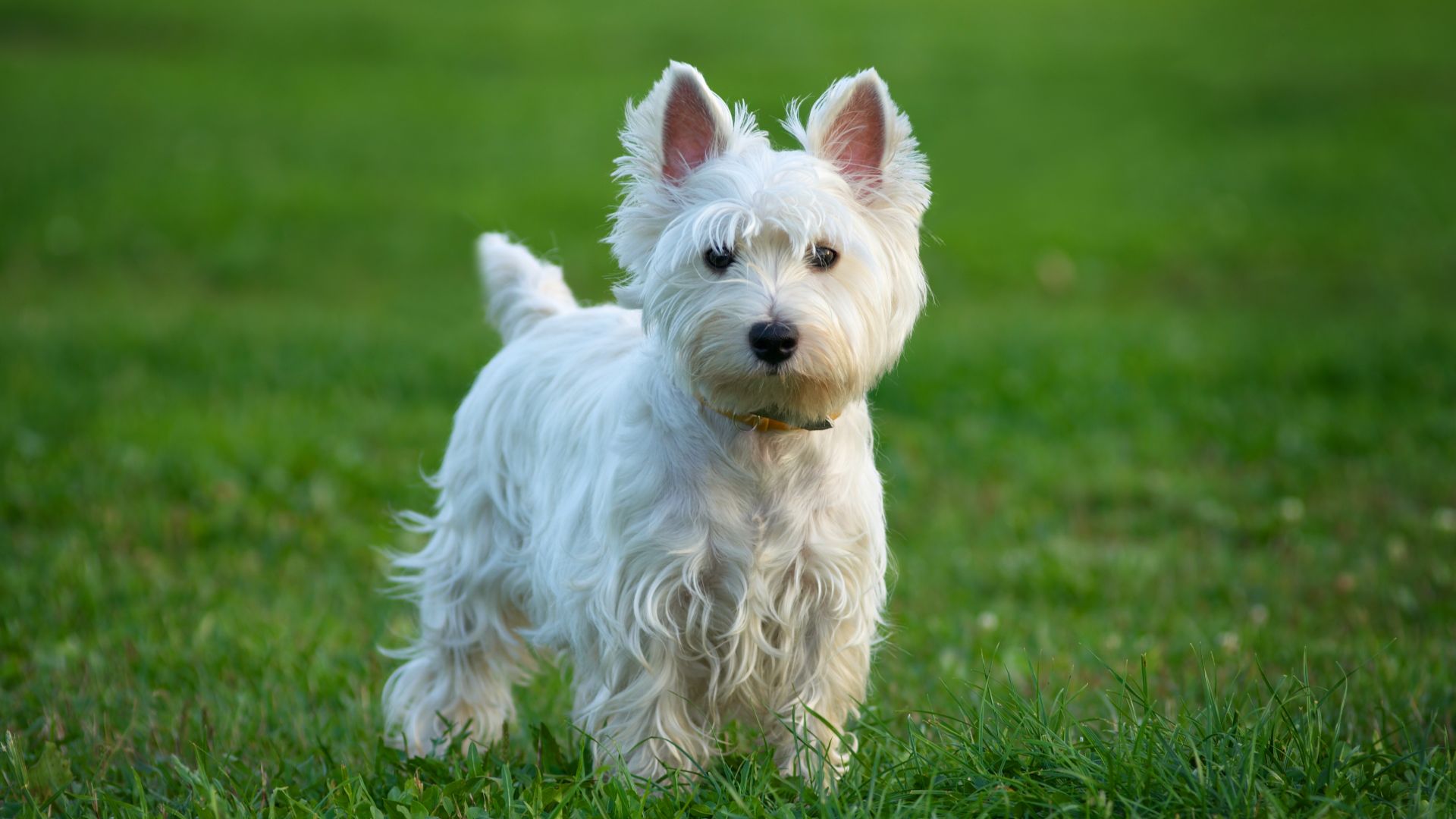
Height: 10–11 inches
Weight: 14–20 pounds
Life expectancy: 12–16 years
Best suited to: Families, seniors
Westies are lovely, kind dogs with beautiful white coats. They make good dogs for first-time owners, as they have cheerful demeanors and an independent nature.
They make wonderful companions for the young and old alike and are one of the most popular terrier breeds. Their grooming needs are high, as they have a double coat, so make sure you are prepared for this commitment.
21. Havanese
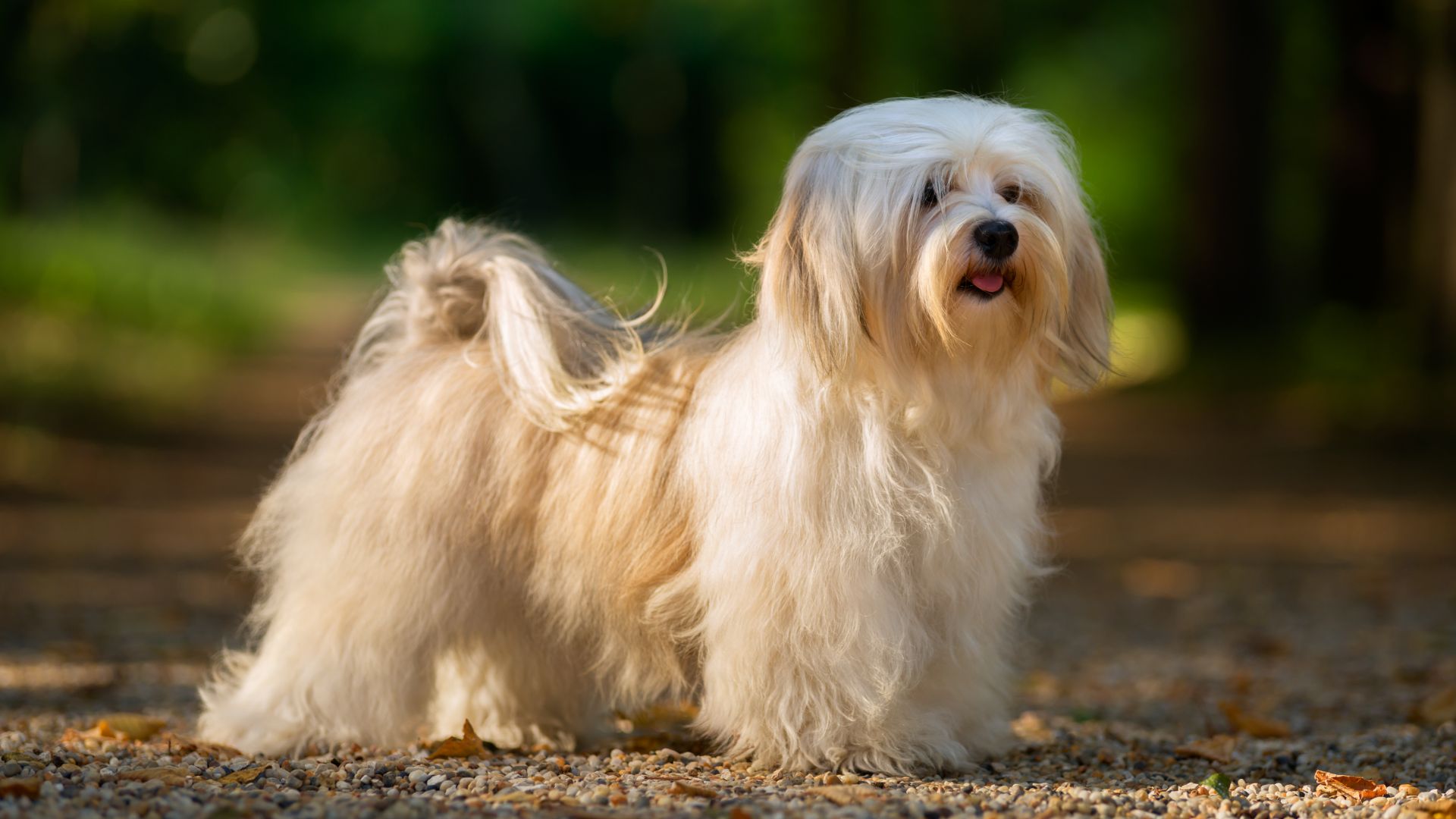
Height: 8–11 inches
Weight: 7–13 pounds
Life expectancy: 12–15 years
Best suited to: Families, seniors
The Havanese is a beloved, easy-care companion. They require around thirty minutes of exercise daily, a daily brush of the coat to banish tangles and plenty of time spent with you to keep them happy.
They are fairly bright dogs who fare best with stimulation through training. Bear in mind that this lap-dog has a very persuasive expression, so make sure treats are limited to rewarding training efforts to avoid excessive weight gain.
What are the worst dog breeds for first-time owners?
“Breeds that a novice owner might struggle with tend to be independent and have a stubborn streak,” explains Dr MacMillan, adding that they often have care needs that are difficult to manage, such as very high exercise demands or extensive grooming needs.
“Breeds that I would consider to be a particular challenge for new owners include Alaskan Malamutes, Belgian Malinois, cane corsos and shar peis.”
What are the pros and cons of getting a dog?
So, you’ve chosen one of the best dog breeds for first-time owners. What comes next?
The pros
Firstly, expect big changes – in a good way! “A dog brings companionship, warmth and fun into your home” saus Dr MacMillan. “It’s nice to have someone to greet you when you come in and to snuggle up with on the sofa.”
Having a dog can boost your health in a number of areas.
“Dogs are a great incentive to explore the great outdoors, which can in turn improve your fitness and mental health,” adds Dr MacMillan. “Plus, talking to fellow owners on walks or at classes can help to widen your social network.”
The cons
Like all good things in life, there are sacrifices to be made if you’re a first-time dog owner.
“It can be a burden to make sure that you are home by a certain time to let the dog out, or to get up earlier than you would otherwise like for that morning walk,” says Dr MacMillan.
Training can be more difficult than anticipated and new owners may also have a financial adjustment to make, with pet insurance, parasite treatment, trips to the groomers, vet bills and food all adding up.
“Some new dog owners also really struggle with undesirable behaviour from their pets,” adds Dr MacMillan. “Chewing, barking, or inappropriate toileting can be tricky to deal with, as well as mud, slobber and hair in the home.”
What lifestyle and financial considerations should first-time dog owners make?
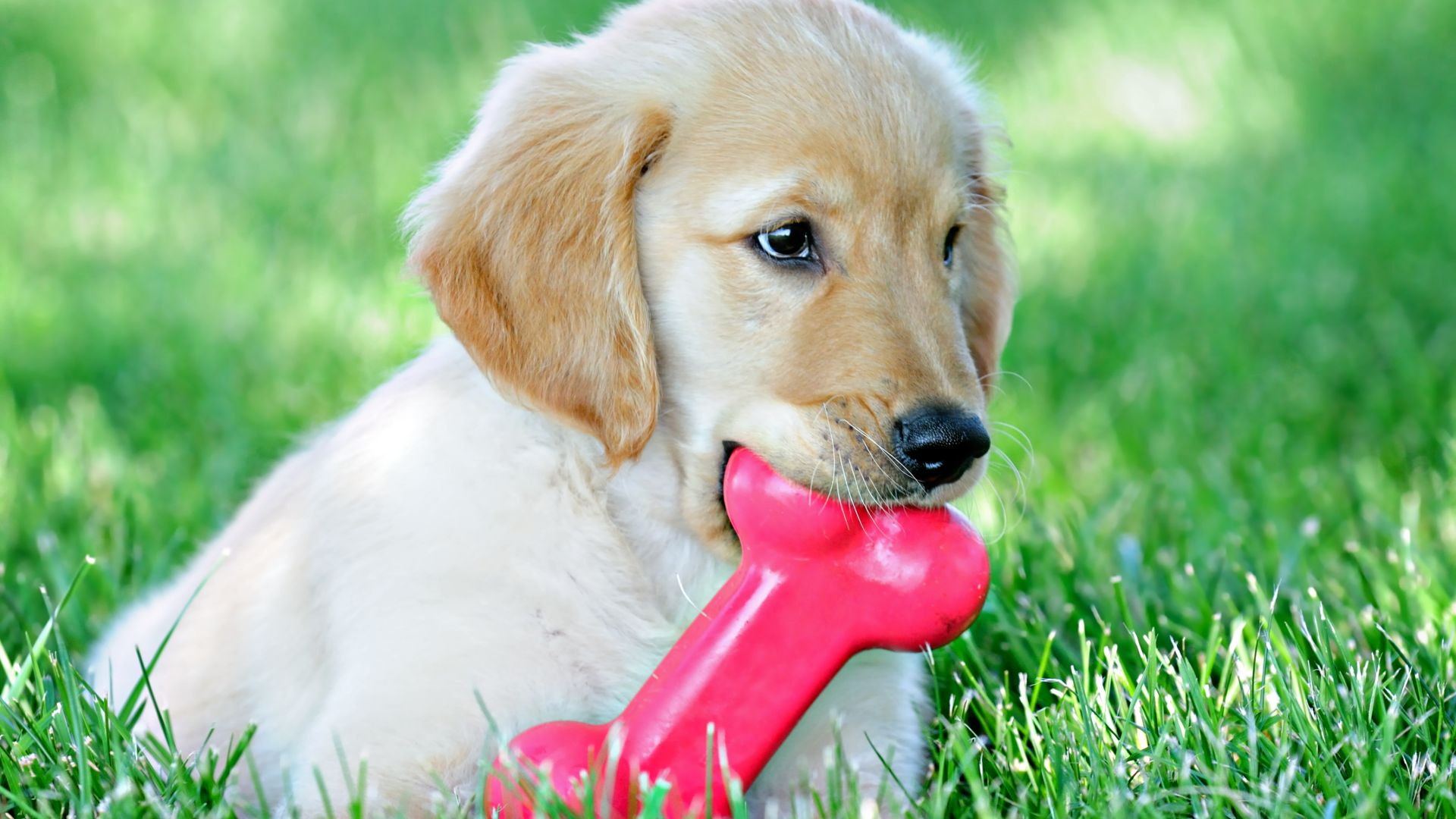
Lifestyle considerations
Even the best dog breeds for first-time owners come with much care and financial responsibility. The first thing a new owner should consider before bringing home a puppy is whether there is enough flex in their daily routine to provide for a dog's care needs.
For example, owners who are busy with travel, work or family life may struggle to provide a dog's daily exercise requirement.
“Under-exercised dogs are more likely to develop behavioural issues like excessive barking, destructive tendencies or hyperactivity, which is not fun for anyone!” warns Dr MacMillan. “You also need to think about how much time you have available to put into other essential activities like training and grooming.”
First-time dog owners should consider their family dynamic, too.
“Some dogs will slot into family life better than others, but young children must always be supervised with any breed of dog.”
Financial considerations
Of course, there’s the initial outlay when you purchase one of the best dog breeds for first-time owners, but there are other “start-up” costs on your puppy checklist, too.
“These include neutering and microchipping your pet,” advises Dr MacMillan. “You will also need to purchase all their equipment and accessories, including a bed, food bowls, leash, collar, toys and car safety devices.”
However, it's the ongoing costs that stack up. “To care for a dog properly, you need to pay for their food and the best dog treats, but you must also be able to cover anti-parasite treatment, vaccinations and other vet bills, some of which could come out of the blue,” says Dr MacMillan.
“Pet insurance and health care plans from your vet practice can help you to budget more easily, but can still be a significant monthly outgoing for some owners.”
Other costs to consider are whether your chosen breed needs regular professional grooming, and the cost of boarding your dog when you go on vacation.
“You may even need to think about a regular dog walker or doggy daycare depending on your working pattern,” adds Dr MacMillan.
Finally, Dr MacMillan says size counts in ongoing dog care costs.
“Large and giant breeds not only need a lot of food, but they will also much larger doses of parasite treatment and other medications which will lead to greater vet bills. So, if cost is a concern, a small or a toy dog breed may be the best route forward.”
How do I choose the best dog breeder?
One of the first considerations when sourcing one of the best dog breeds for first-time owners is ensuring the puppy's price isn’t suspiciously low.
“If something is a bargain or seems too good to be true, then it probably is,” says Dr MacMillan. “Buying a pup from a backyard breeder or a puppy mill rather than a reputable breeder, could be more costly for you in the long run, especially if the puppy’s health is affected.”
Other red flags include a breeder with short or no lead times, who doesn't want you to visit their premises and lacks documentation.
“A breeder who wants to meet in a parking lot, who only has the puppies and makes excuses as to where the mother is, or who promises paperwork but never delivers, must be avoided,” cautions Dr MacMillan.
“Backyard breeders or puppy mills have little regard for animal health and only care about financial gain. Puppies from these environments can be sickly and develop serious health concerns.”
Green flags to look for in a breeder include total transparency, operating a wait list and health screening the puppies – and having documents to back this up.
“A reputable breeder will be happy to talk to you in detail about their dogs and answer any questions that you have, and will have questions for you, too. They will have carried out all recommended health tests should provide you with evidence of these tests as well as other documents like pedigree papers.
“They will be happy to meet you at their home and show you the puppies‘ mom, and possibly dad, too.”
Raising Your First Puppy | Amazon
With insights drawn from years of experience training various breeds, the author simplifies complex training techniques into easy-to-follow steps that anyone can master. This book goes beyond simply training your puppy and deep dives into building a lasting bond based on trust and understanding.
Read next: Most playful dog breeds

Rebecca is a veterinary surgeon who graduated in 2009 from the Royal Veterinary College in London. She has a wealth of experience in first opinion small animal practice, having done a mixture of day-to-day routine work, on-call emergency duties and managerial roles over the years. Rebecca enjoys medicine in particular and she is proud to have recently achieved a BSAVA postgraduate certificate in small animal medicine (with commendation).
She writes on various feline and canine topics, including behavior, nutrition, and health. Outside of work and writing she enjoys walking her own dog, spending time with her young family and baking!
Edited by Georgia Guerin.
This feature was last updated in May 2025 by Bethany Stone.

Bethany is an experienced news and features writer with an equestrian specialism, and has been writing for internationally recognised titles, such as Horse & Hound magazine where she is currently features assistant, since 2017.
Prior to her career in journalism, she studied BA English at the University of Nottingham, where she graduated with a first class degree.
As well as cultivating a vast and far-reaching understanding of equine training and management, her first-hand pet care experience also ranges from dogs and rabbits to chickens and sheep.
She’s also volunteered at greyhound rescue centres by walking their four-legged residents.
When she isn’t writing, she's kept busy by her two horses and cocker spaniel, Matilda, who’s a dab hand at dog agility and loves performing her favourite party trick – weaving between her human’s legs as she walks.
- Dr. Rebecca MacMillanVet
- Kathryn WilliamsFreelance writer
